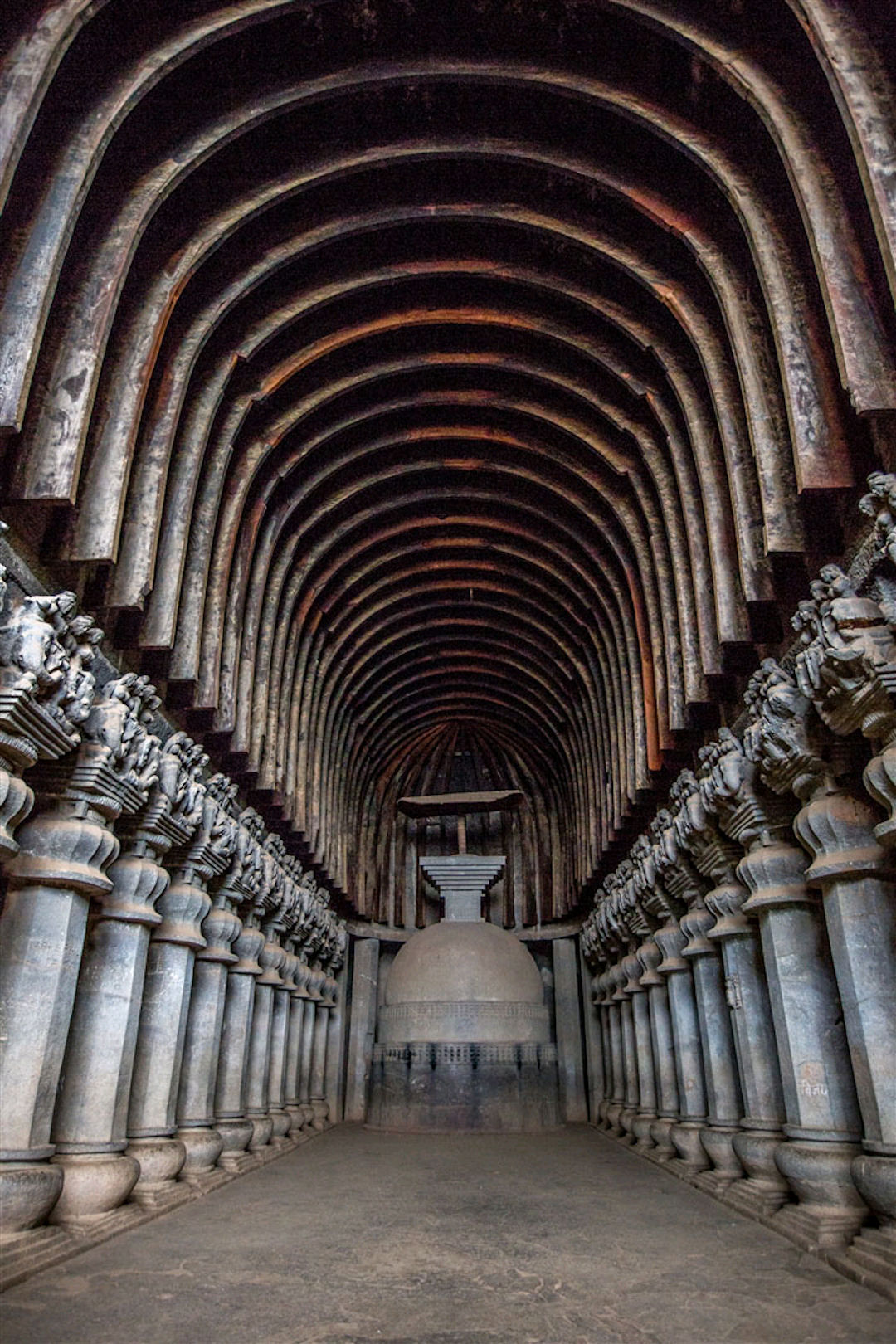|
Lokottaravāda
The Lokottaravāda (Sanskrit, लोकोत्तरवाद; ) was one of the early Buddhist schools according to Mahayana doxological sources compiled by Bhāviveka, Vinitadeva and others, and was a subgroup which emerged from the Mahāsāṃghika. Etymology The name ''Lokottaravāda'' means those who follow the supramundane (Skt. ''lokottara''), or transcendent, teachings. Despite bearing this name, all sub-sects of the Mahāsāṃghikas seem to have accepted forms of supramundane or transcendent teachings. Early history The ''Śāriputraparipṛcchā'' and the ''Samayabhedoparacanacakra'' both suggest that the Lokottaravāda had their origins with the Ekavyāvahārikas and the Kukkuṭikas. While the Mahāsāṃghikas initially flourished in the region around Magadha, the Lokottaravādins are known to have flourished in the Northwest. The 6th century CE Indian monk Paramārtha wrote that 200 years after the of the Buddha, much of the school moved north of Rājag� ... [...More Info...] [...Related Items...] OR: [Wikipedia] [Google] [Baidu] |
Mahāsāṃghika
The Mahāsāṃghika ( Brahmi: 𑀫𑀳𑀸𑀲𑀸𑀁𑀖𑀺𑀓, "of the Great Sangha", ) was one of the early Buddhist schools. Interest in the origins of the Mahāsāṃghika school lies in the fact that their Vinaya recension appears in several ways to represent an older redaction overall. Many scholars also look to the Mahāsāṃghika branch for the initial development of Mahayana and Vajrayana Buddhism. Location The original center of the Mahāsāṃghika sect was in Magadha, but they also maintained important centers such as in Mathura and Karli. The Kukkuṭikas were situated in eastern India around Vārāṇasī and Pāṭaliputra and the Bahuśrutīya in Kośala, Andhra, and Gandhara. The Lokottaravāda subschool itself claimed to be of the 'Middle Country', i.e. Ganges Basin region in the north of India. The Mahāsāṃghikas and the Lokottaravāda subschool also had centres in the Gandhara region.The Ekavyāvahārika are not known from later times. ... [...More Info...] [...Related Items...] OR: [Wikipedia] [Google] [Baidu] |
Early Buddhist Schools
The early Buddhist schools are those schools into which the Buddhist monastic saṅgha split early in the history of Buddhism. The divisions were originally due to differences in Vinaya and later also due to doctrinal differences and geographical separation of groups of monks. The original saṅgha split into the first early schools (generally believed to be the Sthavira nikāya and the Mahāsāṃghika) during or after the reign of Aśoka. Later, these first early schools were further divided into schools such as the Sarvāstivādins, the Dharmaguptakas, and the Vibhajyavāda, and ended up numbering 18 or 20 schools according to traditional accounts. The textual material shared by the early schools is often termed the Early Buddhist Texts and these are an important source for understanding their doctrinal similarities and differences. Formation and development The first council According to the scriptures ('' Cullavagga'' XI.1 ff), three months after the parin ... [...More Info...] [...Related Items...] OR: [Wikipedia] [Google] [Baidu] |
Gandhara
Gandhāra is the name of an ancient region located in the northwestern region of the Indian subcontinent, more precisely in present-day north-west Pakistan and parts of south-east Afghanistan. The region centered around the Peshawar Valley and Swat river valley, though the cultural influence of "Greater Gandhara" extended across the Indus river to the Taxila region in Potohar Plateau and westwards into the Kabul Valley in Afghanistan, and northwards up to the Karakoram range. Gandhara has a deep rooted history of Hinduism mentioned in Indian scripts and epics including Rig Veda, Ramayana and Mahabharata. Famed for its unique Gandharan style of art which is influenced by the classical Hellenistic styles, Gandhara attained its height from the 1st century to the 5th century CE under the Kushan Empire, who had their capital at Peshawar (''Puruṣapura''). Gandhara "flourished at the crossroads of India, Central Asia, and the Middle East," connecting trade routes an ... [...More Info...] [...Related Items...] OR: [Wikipedia] [Google] [Baidu] |
Kukkuṭika
The Kukkuṭika (Sanskrit; ) were an early Buddhist school which descended from the Mahāsāṃghika. Etymology It is likely that the name ''Kukkuṭika'' or ''Kukkulika'' originated from the Kukkuṭrārāma monastery at Pāṭaliputra, which was an early centre for the Mahāsāṃghikas. There were numerous variations of this name, such as ''Kukkuṭika'', ''Kukkulika'', ''Kaukkuṭika'', ''Kaurukullaka'', and ''Gokulika''. The name ''Gokulika'' means " cinder", and refers to the doctrine that all conditioned phenomena necessarily involve suffering, and that they are like an "inferno of ashes." Doctrines The ''Samayabhedoparacanacakra'' of Vasumitra regards the Ekavyāvahārika, Kukkuṭika, and Lokottaravāda as being doctrinally indistinguishable. According to Vasumitra, 48 theses were held in common by these three Mahāsāṃghika sects. Of these 48 special theses, 20 points concern the supramundane nature of buddhas and bodhisattvas. According to the ''Samayabhedoparacan ... [...More Info...] [...Related Items...] OR: [Wikipedia] [Google] [Baidu] |
Mahīśāsaka
Mahīśāsaka ( sa, महीशासक; ) is one of the early Buddhist schools according to some records. Its origins may go back to the dispute in the Second Buddhist council. The Dharmaguptaka sect is thought to have branched out from Mahīśāsaka sect toward the end of the 2nd or the beginning of the 1st century BCE. History There are two general accounts of the circumstances surrounding the origins of the Mahīśāsakas. The Theravādin '' Dipavamsa'' asserts that the Mahīśāsaka sect gave rise to the Sarvāstivāda sect., p. 50 However, both the ''Śāriputraparipṛcchā'' and the ''Samayabhedoparacanacakra'' record that the Sarvāstivādins were the older sect out of which the Mahīśāsakas emerged. Buswell and Lopez also state that the Mahīśāsaka was an offshoot of the Sarvāstivādins, but group the school under the ''Vibhajyavāda'', "a broad designation for non-Sarvastivada strands of the Sthaviranikaya," which also included the Kasyapiya. The Mahīśāsa ... [...More Info...] [...Related Items...] OR: [Wikipedia] [Google] [Baidu] |
Buddhavacana Buddhist texts |




